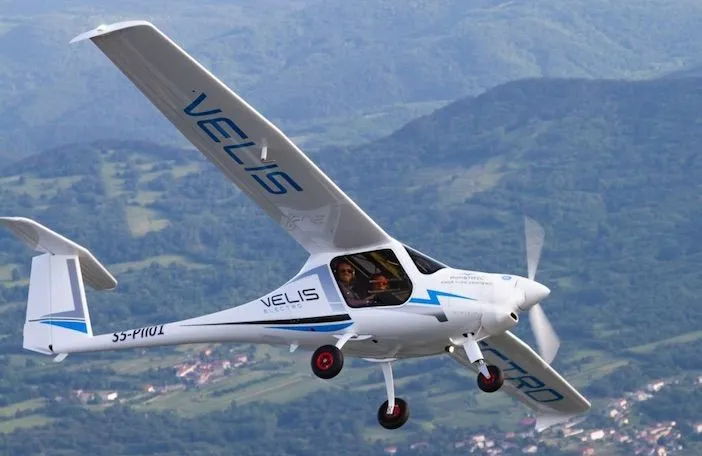On June 10, 2020, European Union Aviation Safety Agency (“EASA”) announced the first type certification worldwide, a fully electric aircraft called “Velis Electro” designed by a Slovenian company, Pipistrel d.o.o. The certification of Velis Electro as an emission-free aircraft is regarded as the first concrete response to the query that aviation would ever be less polluting. As being the first type certification of a fully electric aircraft in the world’s history, Velis Electro is justifiably quoted as an “exciting breakthrough”.
As disputed for many years by numerous aviation authorities and sector related persons, aviation, as one of the main industries having a vast economical share around the globe, is criticized for non-adaptable basis of its nature to environmental standards and sustainability. Almost all of the respected authorities and organizations aimed at touching the issue and easing the concerns in order to bring two crucial notions, aviation and environment into a peace. UN Secretary General’s High-level Advisory Group on Sustainable Transport suggested the air-travel to be “safe, affordable, accessible, efficient, and resilient while minimizing carbon and other emissions and environmental impacts”. Likewise, as many others International Civil Aviation Authority also published several guidelines, reports addressing the environmental performance of aviation on three grounds respectively as aircraft noise, air quality and greenhouse emission.
Through the same perspective, EASA has always stuck to idea that “a robust scientific understanding of the environmental impacts from aviation” is vital for mitigating the so-called adverse impacts of aviation on environment and to reach the optimum cost-effective outcome. It published several guidelines on technology and devices, climate change, and sustainability of fuels in aviation. Therefore, admittedly, holding and pursing these goals have paid off with the certification of the first environment-friendly aircraft, Velis Electro. By highlighting the significance of going one step further and expanding the progress globally, EASA’s Executive Director states that “the first electric aircraft EASA has certified but it will certainly not be the last”.
As a result of this breakthrough, in case the leaning towards electric aircrafts increases, there may be two visible ripple effects on the aviation industry. The first clear impact would be on the fuel consumptions. Since the demand for fuel would be decreased, the drop-in fuel prices as the major component of aviation would be inevitable. The second possible reaction of the industry to such evolution would be the “encouragement and probably the competition which may be taken place amongst the electric engines manufacturers and airplanes”. From this perspective, the industry may be reshaped, and even the manufacturers currently operating for fuel-powered aircrafts may gravitate to electric ones. Accordingly, Head of the General Aviation Department at EASA foresees the same and remarks that the certification procedure has yielded “many learnings for the future certification of electric engines and aircraft, undoubtedly a growth area in coming years in line with the aims of environmental protection”.
Overall, this breakthrough is considered as an “important milestone” for aviation due to the fact that it clashes the fears with regards to sustainability of aviation industry and allows the environment to be procured and sustained by technology-endorsed aviation. Hopefully, this would be patterned by others with the ongoing assistance and guidelines provided by the aviation authorities.
Ezgi Aysima Kır


